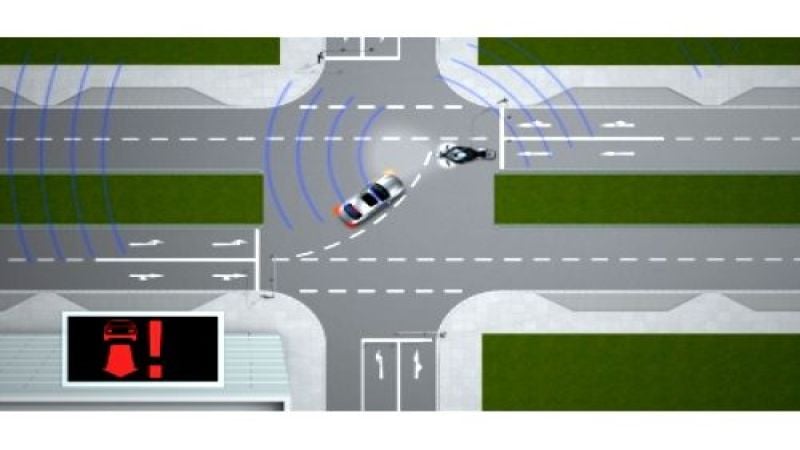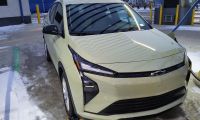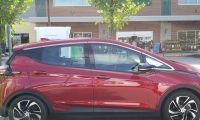They will know where they are going, what lies in their path, what’s coming at them and when the traffic light up ahead will change to yellow or red. They’ll probably even determine between them the path of least resistance and who has the right of way at each and every intersection.
Car-to-x communication simply refers to the electronic networking of vehicles and relevant infrastructure, intended to exchange information between motorists and correlating hardware such as traffic lights. The system seeks to provide a comprehensive communication network which any properly equipped motorist could access.
Car-to-x communication would normally function via WLAN or mobile phone networks. For its common use in automobiles, the communication system presently relies on high-speed, high-frequency WLAN networking designed to allow real-time communication. This protocol enables numerous participants to communicate simultaneously with no interference. As we speak, the performance of mobile phone networks is improving steadily, increasing in bandwidth and reducing the data lag or so-called latency time. Consequently this medium is also becoming more important for car-to-car communication as a complement to direct communication via WLAN.
Telematics are nothing new in BMW models, as infotainment applications made debut in the 1990s with BMW ConnectedDrive. For some years, the focus of work by the BMW Group has been shifting towards integrated, connected comfort and safety functions. Here, Car-to-x communication engenders new and fresh potential. In the event of a hazard, conversant cars can allow traffic to be given advance warning of potential dangers, promoting appropriate and timely reaction.
Nevertheless, warnings are but one facet of this system. Since infrastructure data such as traffic light phases can be part and parcel of the system, information allowing drivers to adapt their driving style for greater efficiency is readily available, thus helping to reduce vehicle emissions. As a result Car-to-x technology will allow new solutions not only for safety and accident prevention, but also for the intelligent use of energy.
“The more information I have about the rest of my journey – for example, if I know in advance when traffic lights will change, or if I know that an accident has just happened further along the route – the more promptly I can react, which means I have less stress and can either avoid hazardous situations altogether or at least reduce the risk,” stated Karl-Ernst Steinberg, Head of Information and Communication Technologies at BMW Group Research and Technology.
When combined with existing car sensors, Car-to-x provides a springboard for a wide range of BMW ConnectedDrive assistance and information applications to come. These technologies, combined with the driver’s input, create an extremely effective paradigm, greatly enhancing the likelihood of a safe, pleasant and economical journey from start to finish.
Another quote comes to mind that seems appropriate here: “Ford’s in his flivver and all’s well with the world!” – Aldous Huxley











